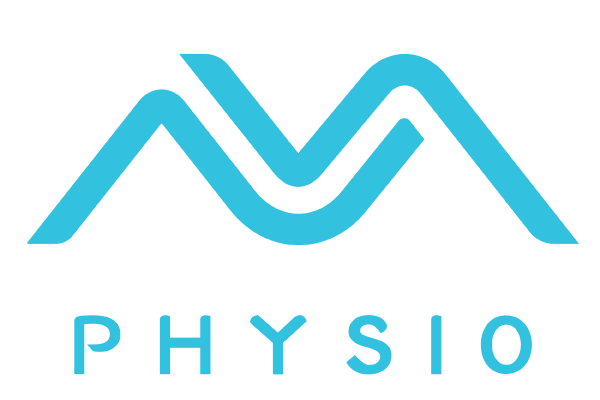As a physiotherapist, you may have heard the term “managed care” thrown around. But what exactly is managed care in physiotherapy, and how can you maximize its benefits while overcoming the challenges it presents?
Maximizing Benefits and Minimizing Challenges of Managed Care in Physiotherapy
- Explanation of managed care in physiotherapy, its goals and evolution
- Benefits of managed care in physiotherapy: cost-effective solutions, improved patient outcomes and access to care
- Challenges of managed care in physiotherapy: reimbursement issues, limited treatment options and reduced autonomy of physiotherapists under managed care. Strategies for success and real-life case studies are also discussed.
Understanding Managed Care in Physiotherapy
Managed care in physiotherapy is a healthcare delivery system that aims to organize and sequence the caregiving process to maximize benefits while minimizing costs. It involves a network of healthcare providers who work together to provide coordinated care to patients. The goal of managed care in physiotherapy is to improve patient outcomes, reduce healthcare costs, and increase access to care.
Managed care in physiotherapy has been around since the 1980s when managed care was first introduced in the US. Today, managed care is widely used in many countries worldwide and is typically provided by health maintenance organizations (HMOs), preferred provider organizations (PPOs), and other managed care organizations (MCOs).
Benefits of Managed Care in Physiotherapy
Managed care in physiotherapy offers several benefits to patients, healthcare providers, and payers. These benefits include:
1. Cost-effective healthcare solutions for patients
Managed care in physiotherapy focuses on providing cost-effective healthcare solutions for patients. By coordinating care and reducing unnecessary treatments, managed care can help patients save money on healthcare costs.
2. Improved patient outcomes through coordinated care
Managed care in physiotherapy can improve patient outcomes by coordinating care and ensuring that patients receive the right treatment at the right time. This can reduce the risk of complications and improve overall health outcomes.
3. Increased access to care for patients
Managed care in physiotherapy can increase access to care by providing patients with a network of healthcare providers who work together to provide coordinated care. This can help reduce wait times and improve access to specialized care.
4. The importance of preventive care in managed care
Managed care in physiotherapy places a strong emphasis on preventive care. By focusing on preventive care, managed care can help patients avoid costly and unnecessary treatments in the future.
Challenges of Managed Care in Physiotherapy
While managed care in physiotherapy offers several benefits, it also presents several challenges. These challenges include:
1. Reimbursement issues and their impact on physiotherapy
Managed care in physiotherapy can create reimbursement issues for physiotherapists. Insurance companies may limit the number or type of treatments covered, which can limit the options available to physiotherapists and their patients.
2. Limited treatment options and their effects on patient care
Managed care in physiotherapy can limit the treatment options available to patients, compromising the quality of care and leading to poorer patient outcomes.
3. Reduced autonomy of physiotherapists under managed care
Managed care in physiotherapy can reduce the autonomy of physiotherapists. Healthcare providers may be required to follow strict treatment protocols and may be limited in their ability to make decisions about patient care.
4. Compromised quality of care and its effects on patient outcomes
Managed care in physiotherapy can compromise the quality of care and lead to poorer patient outcomes. Healthcare providers may be forced to prioritize cost over quality, which can lead to suboptimal treatment decisions and poor health outcomes.
Strategies for Success in Managed Care
Despite the challenges of managed care in physiotherapy, several strategies can be used to succeed in a managed care environment. These strategies include:
1. Building strong relationships with insurers and payers
Building strong relationships with insurers and payers can help physiotherapists to negotiate better reimbursement rates and gain access to a wider range of treatments.
2. Developing innovative treatment plans that meet payer requirements
Developing innovative treatment plans that meet payer requirements can help physiotherapists to provide high-quality care while still meeting the requirements of managed care organizations.
3. Using technology to communicate with patients and provide real-time feedback
Using technology to communicate with patients and provide real-time feedback can help physiotherapists improve patient outcomes and ensure that patients are receiving the care they need.
4. The importance of timely and accurate documentation for reimbursement purposes
Timely and accurate documentation is critical for reimbursement purposes in a managed care environment. Physiotherapists must ensure that they are documenting all treatments accurately and submitting claims in a timely manner.
Conclusion
Managed care in physiotherapy offers several benefits to patients, healthcare providers, and payers. However, it also presents several challenges that must be addressed to ensure high-quality patient care. By understanding the benefits and challenges of managed care in physiotherapy, using technology to track and report outcome measures, and developing innovative treatment plans that meet payer requirements, physiotherapists can succeed in a managed care environment. For more information on managed care in physiotherapy, check out this NCHPAD article or this PubMed study. As a physiotherapist, you play a crucial role in providing quality healthcare to patients, and by utilizing managed care effectively, you can improve patient outcomes and increase access to care.

